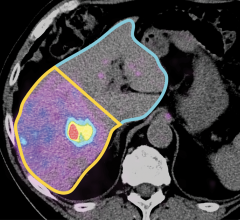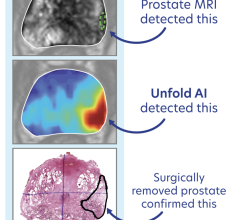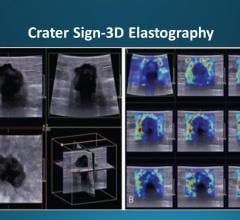
November 25, 2015 — Two studies in the November 17 issue of the Journal of the American Medical Association (JAMA) examine the change in prostate-specific antigen (PSA) screening and prostate cancer incidence before and after the 2012 U.S. Preventive Services Task Force (USPSTF) screening recommendations.
Ahmedin Jemal, D.V.M., Ph.D., of the American Cancer Society, Atlanta, and colleagues examined trends in stage-specific prostate cancer incidence and PSA-based screening for men 50 years and older subsequent to the 2008 and 2012 USPSTF recommendations using the most recent population-based incidence and nationally representative screening data. Prostate cancer incidence in men 75 years and older substantially decreased following the 2008 USPSTF recommendation against PSA-based screening for this age group. It has been unknown whether incidence has changed since the USPSTF recommendation against screening for all men in May 2012.
The researchers determined prostate cancer incidence (newly diagnosed cases/100,000 men 50 years of age and older) by stage from 2005 through 2012 using data from 18 population-based Surveillance, Epidemiology, and End Results (SEER) registries. The PSA screening rate was determined for men 50 years and older without a history of prostate cancer who responded to the 2005 (n = 4,580), 2008 (n = 3,476), 2010 (n = 4,157), and 2013 (n = 6,172) National Health Interview Survey.
The researchers found that prostate cancer incidence per 100,000 in men 50 years and older (n = 446,009 in SEER areas) was 535 in 2005, 541 in 2008, 505 in 2010, and 416 in 2012; rates began decreasing in 2008 and the largest decrease occurred between 2011 and 2012, from 498 to 416. The number of men 50 years and older diagnosed with prostate cancer nationwide declined by 33,519, from 213,562 in 2011 to 180,043 in 2012. The decreases in incidence were evident in both non-Hispanic white and non-Hispanic black individuals and across regions.
The percentage of men 50 years and older reporting PSA screening in the past 12 months was 37 percent in 2005, 41 percent in 2008, 38 percent in 2010, and 31 percent in 2013. In relative terms, screening rates increased by 10 percent between 2005 and 2008 and then decreased by 18 percent between 2010 and 2013. Similar screening patterns were found in age subgroups 50 to 74 years and 75 years and older.
“Using the most recent population-based incidence and nationally representative self-reported PSA screening data, we report reductions in early-stage prostate cancer incidence and PSA-based screening rates in men 50 years and older, coinciding with the 2012 USPSTF recommendation against PSA-based screening,” the authors write. “Longer follow-up is needed to see whether these decreases are associated with trends in mortality.”
This project was supported by the Intramural Research Department of the American Cancer Society. All authors have completed and submitted the ICMJE Form for Disclosure of Potential Conflicts of Interest and none were reported.
In another study, Jesse D. Sammon, D.O., of Brigham and Women’s Hospital, Boston, and colleagues examined PSA screening data from the 2000, 2005, 2010, and 2013 National Health Interview Survey to determine the prevalence and determinants of screening before and after the 2012 USPSTF recommendations (draft released October 2011), as well as the association between the new USPSTF recommendations and the prevalence of screening.
The final study population included 20,757 men. The prevalence of PSA screening was 34 percent in 2000 and 2005. Between 2010 and 2013, the prevalence decreased from 36 to 31 percent overall. In a pooled analysis, survey year 2013 (vs. 2010) was associated with lower odds of PSA screening. However, declines were seen only in men younger than 75 years vs men 75 and older. The largest declines were seen among men age 50-54 years (from 23 percent to 18 percent) and among men 60-64 years of age (from 45 to 35 percent). After adjusting for patient factors, there were significant reductions in PSA screening associated with the 2012 USPSTF recommendations.
“The 2008 USPSTF recommendations against PSA screening in men aged 75 years or older have not been associated with changes in screening practices. However, we found a decrease in the prevalence of PSA screening following the 2012 recommendations, particularly in men younger than 75 years,” the authors write.
“These findings using nationally representative data suggest that younger men may be altering health care behavior at a higher rate than older men following the new USPSTF recommendations, changes in clinician PSA screening practices have occurred in response to the policy change, or both. Alternatively, the findings may reflect the broad effects of the economic recession on health care use or a delayed response to the 2008 guidelines.”


 July 24, 2024
July 24, 2024 








